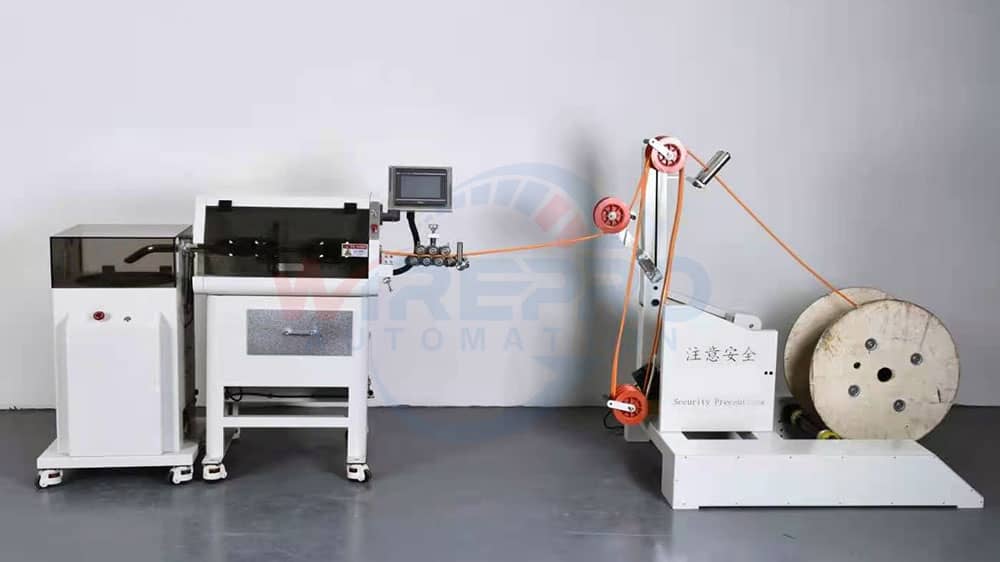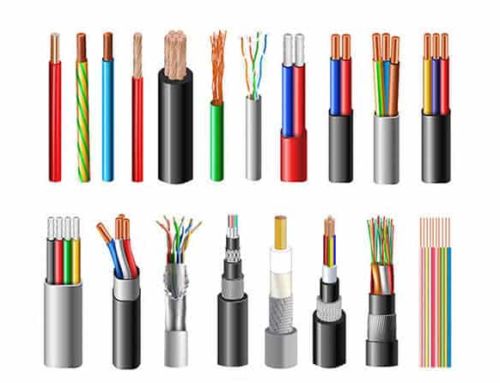There’re different types of cables wires structure depending on functionality requirements based on Wire Gauge, Ampacity and Wattage Load: Non-Metallic Sheathed Cable, Metallic Sheathed Cable, Multi-Conductor Cable, Coaxial Cable, Unshielded Twisted Pair Cable, Shielded Twisted Pair Cable, Ribbon Cable, Twin-Lead Cable, Twinaxial Cable, and Paired Cable.
Not depending on the type of the cable or single wire, all are delivered in the reels and must be cut and stripped prior to further crimping and assembly. The typical equipment that is required during this phase is an automatic cutting machine.
This machine is a high-tech piece of equipment drive by the use of a computer. The operator will introduce the circuit parameters in its memory and set up the tooling and material required. The wire is pulled from the wire-packaging barrel by the feeding system in an automatic wire processing machine and cut the raw wire to the required length. A short length of insulation is removing from both ends of the circuit. A mechanical arm will hold the end of the circuit and lead it to the die applicator station, passing through a sensor, which will verify that the circuit end has been strip correctly. Finally, the circuit is delivering to a container, which is released in batches. The cycle of this complete circuit processing takes only a few seconds and will be repeating as the quantity desire. The wire/cable cut process contains on 3 main steps: wire/cable feeding, wire/cable cutting stripping
Wire/cable feeding process can be as part of cutting stripping machine equipment of separate gauges used for different semi-automatic machines. Supplier must make sure that feeding of cable doesn’t cause any risk of cable condition and doesn’t damage the cable.
Key parameters to focus:
– Traceability and conditions of cable (damages, straightness, etc.);
– Feeding parameters: feeding pull force, feeding speed;
– Positioning of the cable reel;
– Maintenance of feeder and transport tube (conveyor): cleanliness, greasing.
Cable cutting process. Key parameters:
– Maintenance and calibration of cutting mechanism;
– Maintenance and lifetime control of the blade, correct blade type per cable type/diameter;
– Program: cutting speed, positioning, length of the cable, diameter etc;
– Machine self-detection and defect separation (risk to mix);
– Loadout from the machine (risk to damage).
Welcome to contact WIREPRO AUTOMATION TECHNOLOGY to recommend you the most suitable machine!

















